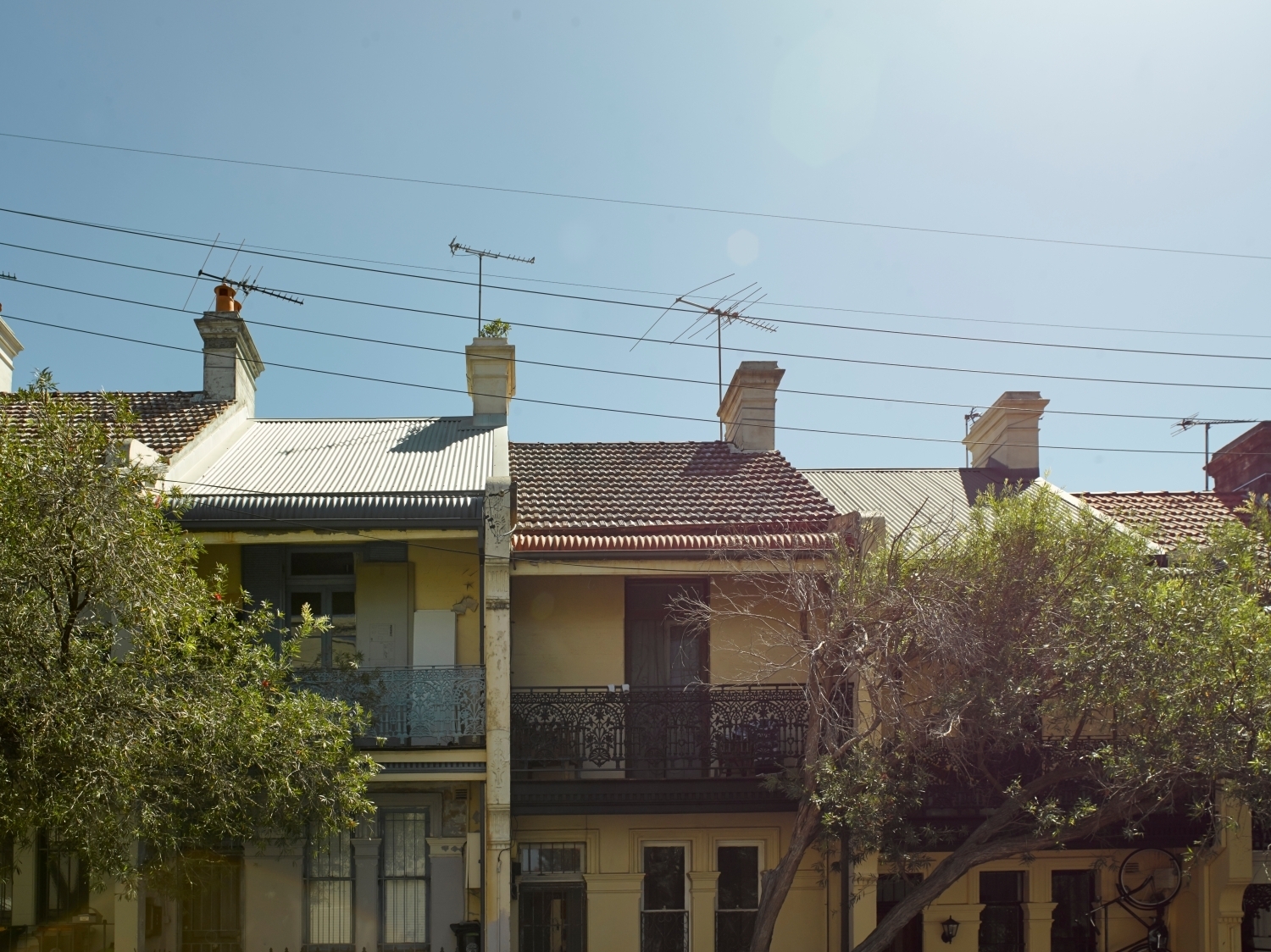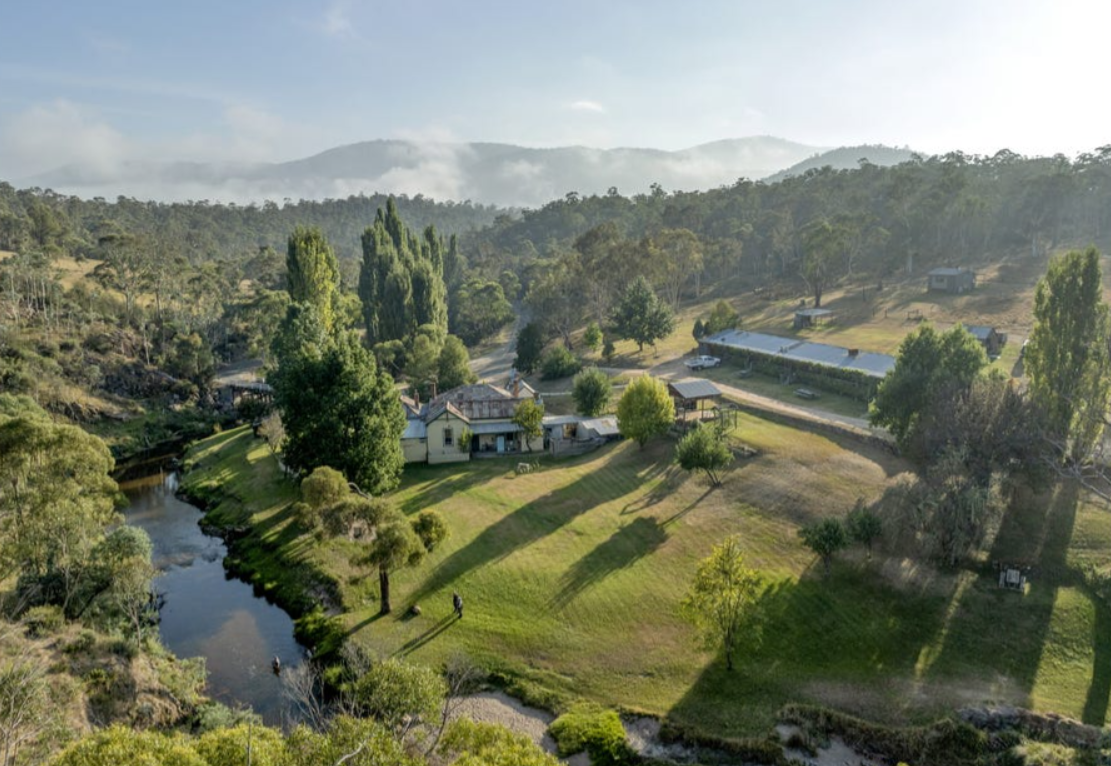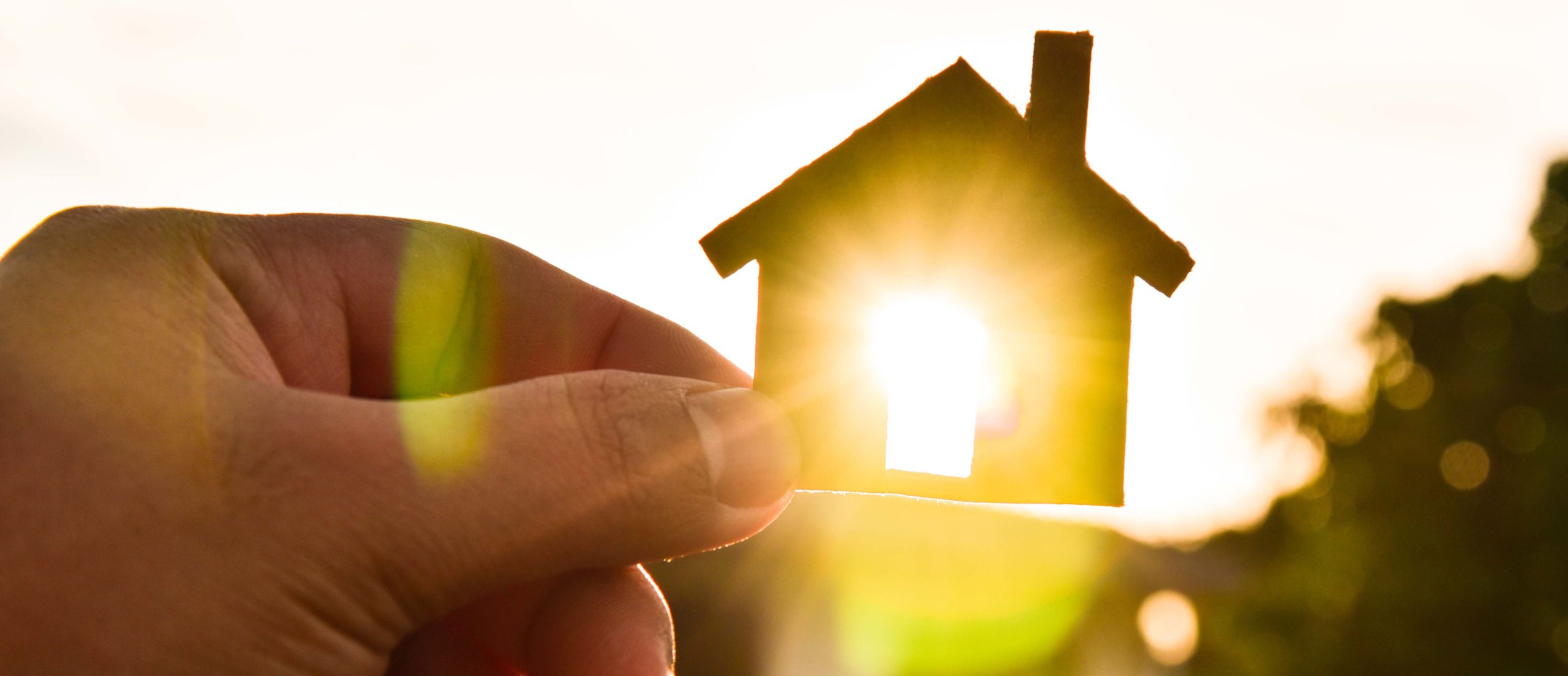Key Points:
- If you’d invested in Australian residential property and shares 20 years ago your property investment would have generated better pre-tax returns than the share market (while also being less volatile)
- If you’d invested $10,000 in the property market in 1998, it could be worth $56,142 today
- Investing in residential property has historically been out of reach for many Aussies – with BrickX, investing in the property market is now possible by buying Bricks.
Whether it’s over a barbeque or in the office, conversations about the property market are a fixture of Australian life. Buying a first home is still a goal of many Australians. When you look at the statistics, it’s easy to see why; Australian residential property has historically offered stronger and more stable returns than other asset classes, making it an appealing investment.
The key questions for Australians are “how does residential property investment compare to other investment types?” and “how can I get into property if I don’t have enough for a deposit?”

(Data sources: Property data based on CoreLogic Home Value Index, with 3% net rental yield assumed with returns reinvested, and 4% stamp duty. Shares data based on S&P/ASX 200 Total Return Index, with dividends, reinvested. Cash data based on RBA Cash Rate, with interest reinvested. Results are calculated before tax. Past performance is not necessarily an indication of future performance.)
Over the last 20 years (from July 1998 to 2018), returns from investments in residential property outperformed Australian shares and cash (earning interest at the RBA cash rate). Over this period:
- Residential property: 9.01%¹ – the average annualised before tax return from residential property (capital returns, plus 3% net rental income, with rental income reinvested back into property and 4% stamp duty taxed)
- Shares: 8.26%² – the average annualised before-tax return of the S&P/ASX 200 Total Return Index (returns from Australia’s largest 200 companies by market capitalisation – the S&P/ASX 200 – with dividends reinvested back into shares)
- Cash: 4.14%3 – the average annualised return of the RBA cash rate (with interest reinvested)
In addition to delivering solid returns, another attraction of investing in the property market is that it’s demonstrated less volatility than shares. Like all investment types, the value of property can go up and down. But overall, historically it has demonstrated less volatility than the S&P/ASX 200 Total Return Index, as you can see in the chart above.
Investing in cash (such as leaving your money in a bank account where you receive regular interest) is the lowest risk way to save your money – it’s backed by the Australian Government’s Guarantee Scheme⁴ – but it also has the lowest returns.
Based on the above, what would I have today (before tax) if I had invested $10,000 in July 1998, 20 years ago, and if I had reinvested all my income?

When compared with pre-tax returns on shares and cash, it is easy to see why Australians love investing in residential property.
It’s important to note that:
- past performance is not necessarily an indication of future performance; and
- outcomes can differ after tax depending on the individual investor’s circumstances (including their eligibility to use dividend imputation credits and access any capital gains discount).
The elephant in the room
Historically, it hasn’t been possible to get exposure to residential property with $10,000 to invest, let alone if you’re starting with $1,000 or less. BrickX came along to change that.
According to CoreLogic, 16% of taxpayers have an investment property, with an average of 1.3 rental properties per investor⁸.
Many Australians aren’t in the position to have an investment property. And if you are fortunate enough to be in the position to own an investment property, you likely own just one, and your options may have been limited in terms of the type and location of the property that you could afford.
BrickX
BrickX provides a smart new way to get exposure to the property market. Our mission is to give everyday Australians the opportunity to invest in property.
Our property team use their expertise to source properties around Australia. Each property is owned in a separate unit trust, divided into 10,000 units, called Bricks. When you invest in Bricks, you receive a share of any net rental income the property earns, in proportion to the number of Bricks you own. You also have the opportunity to earn any capital returns.
If it sounds revolutionary, it is – that’s why we won the Canstar Innovation Award in 2017.
Bricks start at under $100, with an option to invest in multiple properties in different parts of Australia, diversifying your investment. You only need $250 to start investing in Bricks. You can choose which Bricks you buy (we call this Build My Own) or you can let us choose for you (we call this Smart Invest).
Introducing Smart Invest
Smart Invest is the newest way to invest with BrickX. With Smart Invest, you:
- Choose how much you’d like to invest each month, from $250
- Your funds (and any distributions you receive whilst using Smart Invest) are invested in Bricks, which gives you exposure to properties chosen by our property team
- Ability to skip a month or cancel
The mission of Smart Invest is to generate returns higher than the Australian property market⁹. How? By using our team’s expertise to buy properties in areas that we believe will outperform the CoreLogic Home Value Index, annually.
If you’re looking to invest in the property market, check out Smart Invest as a way to get started by investing in Bricks.
References
¹CoreLogic Hedonic Home Value Index Australia with 3% net rental yield, and 4% stamp duty
²S&P/ASX 200 Total Return Index
³RBA Cash Rate
⁴Some conditions apply to the Australian Government’s Guarantee Scheme
⁵CoreLogic – Hedonic Home Value Index Australia with 3% net rental yield, and 4% stamp duty
⁶S&P/ASX 200 Total Return Index, with dividends reinvested
⁷RBA Cash Rate, with interest reinvested
⁸CoreLogic Investor Report June 2016
⁹Judged annually in comparison to the CoreLogic Hedonic Home Value Index Australia






Hi, Can you please tell me in an itemized way.
1. How much is the percent rate returns annually? and other fees for example if a person invest $1000.
2. How many people shares in one property? Is there any limit?.
3, Do I get tax with this investment?
this will be an investment for us because I own already a home unit.
Thank you for this idea, I am so interested
Hi Mabel, thanks for your comment. This article is specifically about the performance of the overall Australian property market – not BrickX properties. From your comment, it sounds like you’re keen to get more information about BrickX returns. Check out our returns calculator.
In regards to your other questions – each property is divided into 10,000 Bricks. An investor can buy a max of 5% of the Bricks in each property (so, 500). There’s no minimum. On the properties page of our website you can see how many people have invested in each property.
Regarding tax, if you supply us with your tax file number, we will not withhold tax from any distributions you might earn. If you don’t supply your tax file number, we’ll withhold tax at the highest marginal tax rate (47% currently). If you’ve got any more specific questions, give us a call.